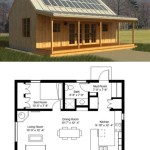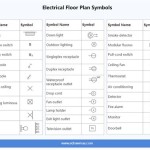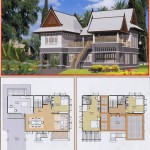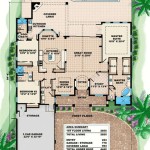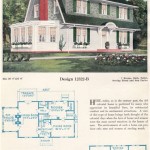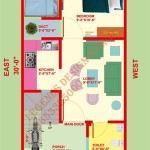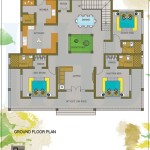Essential Aspects of Victorian Terraced House Floor Plans
Victorian terraced houses, with their iconic bay windows and charming facades, are a familiar sight in many British towns and cities. These elegant properties were built during the Victorian era, from the 1830s to the early 1900s, to accommodate the rapidly growing urban population. Victorian terraced houses are characterized by their long, narrow floor plans, with rooms arranged in a series of bays. This design allowed for maximum use of space and natural light in the densely populated urban areas where they were built.
The typical Victorian terraced house floor plan features a central hallway with rooms arranged on either side. The front rooms are usually the grandest, with high ceilings and large windows. The rear rooms are often smaller and darker, but they may have access to a garden or courtyard. The kitchen is typically located at the back of the house, with a scullery or pantry nearby. The bathrooms are usually located on the upper floors.
Victorian terraced houses come in a variety of sizes and configurations. The most common type is the two-storey terrace, with a basement and attic. However, there are also three-storey terraces, as well as larger houses with four or more bedrooms. The size of the house will typically depend on the width of the street on which it is built.
Victorian terraced houses are often praised for their charm and character. However, they can also be cramped and inconvenient by modern standards. The rooms are often small, and the stairs can be steep and narrow. The kitchens and bathrooms are often dated, and the insulation can be poor.
Despite these drawbacks, Victorian terraced houses remain popular with homebuyers. They are often located in desirable areas, and they offer a unique sense of history and character. With careful renovation and modernization, a Victorian terraced house can be transformed into a comfortable and stylish home that meets the needs of a modern family.
Key Features of Victorian Terraced House Floor Plans
- Long, narrow floor plans with rooms arranged in a series of bays
- Central hallway with rooms arranged on either side
- Grand front rooms with large windows
- Smaller rear rooms with access to a garden or courtyard
- Kitchen located at the back of the house, with a scullery or pantry nearby
- Bathrooms located on the upper floors
Variations on the Victorian Terraced House Floor Plan
The basic Victorian terraced house floor plan has been adapted over the years to create a variety of different configurations. Some of the most common variations include:
- Two-storey terraces: These are the most common type of Victorian terraced house. They have two storeys above ground, with a basement and attic.
- Three-storey terraces: These houses have three storeys above ground, with a basement and attic. They are less common than two-storey terraces, but they offer more space.
- Larger terraces: These houses have four or more bedrooms and are typically wider than the average terraced house. They are found in more affluent areas.
- End-of-terrace houses: These houses are located at the end of a terrace and have only one neighbour. They often have more light and space than mid-terrace houses.
Victorian terraced houses are a versatile type of property that can be adapted to suit a variety of needs. With careful renovation and modernization, they can be transformed into comfortable and stylish homes that meet the needs of a modern family.

Victorian Terrace House Town Floor Plan

Victorian Terraced House Design Fit For Modern Lifestyle

Victorian Terraced House Floor Plan Kitchen In The Back Quite Narrow Terrace Plans Design
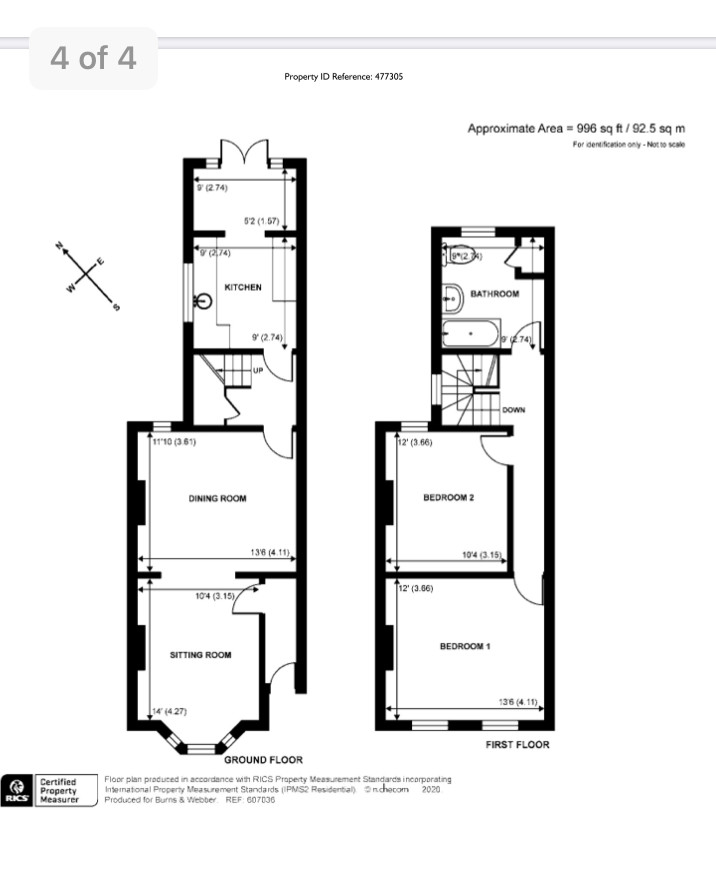
Help With Ground Floor Layout Of Victorian Terrace Semi Houzz

Victorian Terraced House Design Fit For Modern Lifestyle

Awkward Victorian Terrace House Lay Out Advice Needed Houzz

Floor Plans Of A Working Class Victorian House

Victorian Terrace House Extension Plans

Victorian Terrace House Terraced

Victorian Mid Terraced House Designed As Bachelor Playground One Kindesign

